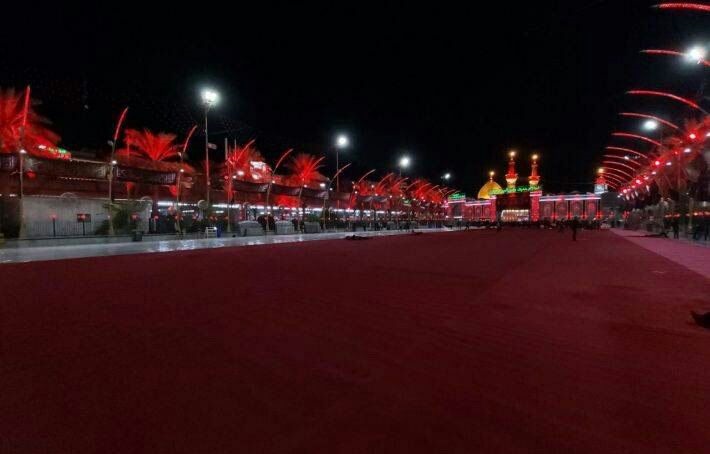Nouri Sardar
11th September 2018
Between Two Empires
It was in the 1500s that Karbala found itself caught in a battle between two rival empires. The Safavids, who ascribed to Shi’ism, were rising in Iran, and the Ottomans conquered Baghdad in 1533. The shrines changed hands several times, and the two brief periods the Safavids took control of the shrines resulted in mass construction and expansion, as well as the settlement of severeal thousand Persians in Karbala. The Safavids viewed the shrines as prized possessions. Shah Abbas Safavi constructed screens (dharihs) of brass and bronze around the grave in 1622. King Tahmaseb ordered the decoration of the dome of the Abbas shrine and built a dharih around the grave. The dome was whitewashed by Sultan Murad IV in 1638.
Much like the city of Najaf, Karbala had historically faced severe water shortages, to the extent that some reports suggest the city was almost completely abandoned by pilgrims in the late 1500s. This was finally resolved in the early 1700s when a dam was built at the head of the local Husayniyya canal, allowing it to enjoy a steady supply of water. Karbala then flourished, and became the center of Shia scholarship, taking the mantle from Isfahan, Iran. Together with an increase in pilgrims, Karbala improved its financial and physical infrastructure. As the Safavid empire began to collapse, there was a massive influx of Shia scholars from Persia. With the Ottoman Empire unable to keep its grip on Baghdad, scholars were able to build schools and study without much government interference.
The city also enjoyed massive investments from Awadh, India during this time. The dome of Imam Hussain’s shrine was covered in gold by Shah Muhammad Qachar on the 7th July 1796.

